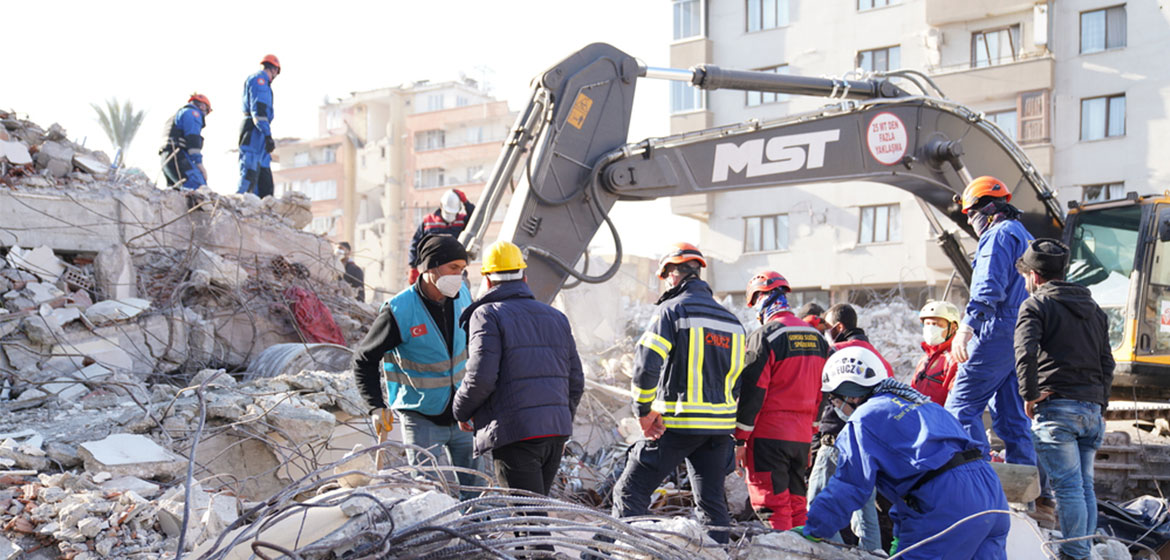Building Codes For Natural Disasters: Preparing For Earthquakes, Hurricanes, And More

Natural disasters such as earthquakes, hurricanes, and floods can wreak havoc on buildings and infrastructure, causing immense damage and posing significant risks to human lives. To mitigate these risks, building codes play a crucial role in ensuring that structures are designed and constructed to withstand the forces of nature. In this post, we will explore the importance of building codes for natural disasters and delve into specific measures required to prepare for earthquakes, hurricanes, and other catastrophic events.
Understanding the Need for Building Codes
Building codes are sets of regulations and standards that specify minimum requirements for the design, construction, and maintenance of structures. The primary goal of building codes is to protect public safety by ensuring buildings can withstand various hazards, including natural disasters. These codes are based on extensive research, engineering principles, and lessons learned from past disasters.
Earthquake-Resistant Building Codes
Earthquakes can cause severe structural damage, particularly in regions prone to seismic activity. Earthquake-resistant building codes focus on several key aspects, including:
- Structural Design: Buildings must be designed to withstand lateral forces caused by ground shaking. This includes using appropriate materials, reinforcing structural components, and implementing flexible or ductile design strategies.
- Foundation Design: Adequate foundation systems should be in place to transfer seismic forces to the ground effectively. This may involve deep foundations, base isolation, or other specialized techniques suitable for specific seismic conditions.
- Non-structural Elements: Building codes address the vulnerability of non-structural elements such as partitions, ceilings, and utilities. Proper anchorage and bracing are necessary to prevent these elements from becoming hazards during an earthquake.
Hurricane-Resistant Building Codes
Coastal areas are prone to hurricanes, which bring strong winds, heavy rain, and storm surges. Building codes for hurricane-prone regions incorporate the following measures:
- Wind-Resistant Design: Structures must be designed to withstand high wind loads. This involves using appropriate building materials, reinforcing roof and wall systems, and implementing robust connections between structural components.
- Impact Resistance: Windows and doors must be impact-resistant to protect against flying debris during a hurricane. This can be achieved through the use of impact-resistant glazing or storm shutters.
- Elevation and Flood Protection: Buildings in flood-prone areas need to be elevated above base flood elevation levels. Additional measures, such as flood vents, watertight closures, and proper drainage systems, are essential to prevent flood damage.
Flood-Resistant Building Codes
Flooding poses significant risks to buildings, leading to structural damage, mold growth, and health hazards. Building codes address flood resilience through:
- Elevation Requirements: Structures in flood-prone areas need to be elevated above the expected flood level. The specific elevation requirements depend on the flood zone and local regulations.
- Building Materials: Flood-resistant materials, such as moisture-resistant insulation and treated lumber, should be used in flood-prone areas. These materials can help prevent long-term damage and reduce the risk of mold growth.
- Foundation Design: Proper foundation design is crucial to prevent damage from hydrostatic pressure exerted by floodwaters. Techniques such as raised foundations, flood-resistant materials, and proper waterproofing can enhance flood resilience.
Wildfire-Resistant Building Codes
In fire-prone regions, building codes aim to reduce the risk of wildfires spreading to structures. Key considerations include:
- Fire-Resistant Materials: Building codes specify the use of fire-resistant materials for exterior surfaces, including roofs, siding, and decking. These materials can help prevent fire ignition and reduce fire spread.
- Defensible Space: Building codes often require the creation of defensible space around structures. This involves clearing vegetation, maintaining proper distances between trees and buildings, and implementing fire-resistant landscaping techniques.
- Ember-Resistant Construction: Structures should be designed to resist ember intrusion, which is a common cause of wildfire-related property damage. This may involve using ember-resistant vents, sealing gaps in buildings, and employing non-combustible roofing materials.
Building codes for natural disasters play a critical role in ensuring the safety and resilience of structures. By adhering to specific measures outlined in earthquake-resistant, hurricane-resistant, flood-resistant, and wildfire-resistant building codes, communities can significantly reduce the risks posed by these catastrophic events. Compliance with these codes not only protects lives and property but also enhances the long-term sustainability and resilience of our built environment in the face of natural disasters.